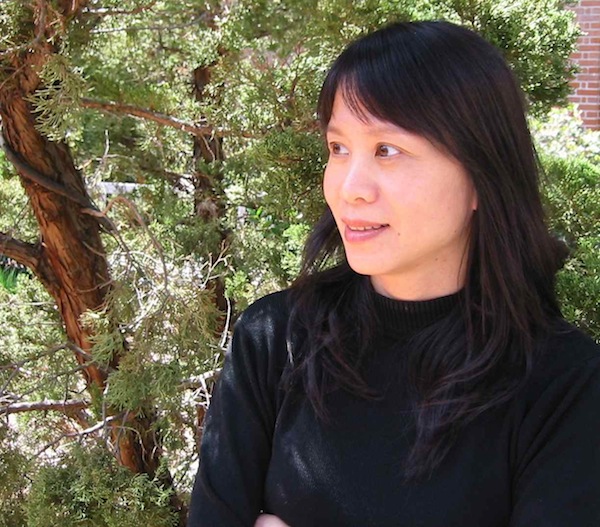Voices of Change offers bracing Chinese music, old and new
For nearly half a century, Voices of Change has introduced new music by leading contemporary composers to Dallas audiences. Monday night at Caurth Auditorium on the SMU campus, the chamber ensemble began its 42nd season with notably old music.
No, Voices of Change isn’t suddenly turning into a purveyor of early music. The music of Shih-Hui Chen, the Taiwanese-born head of composition at Rice University’s Shepherd School of Music, served as the keystone of the concert. Samples of Nanguan instrumental music and theater, a traditional Chinese form that heavily influences Chen’s music, preceded and followed two of her substantial chamber works.
Five instrumentalists of the Lam-hun-koh Nanguan Music and Theater Troupe from Taiwan opened the concert with an excerpt from the instrumental cycle Plum Blossoms. For ears conditioned to Euro-American classical music (and its commercial subsidiaries), one of the more striking features of this music is not so much its differences from that music but its resemblances–particularly from the perspective of our own eclectic era. Lean contrapuntal textures, pentatonic melodies, and the gentle tension of the plucked pipa and sanxian, the bowed erxian, the paiban clappers, and the dongxiao flute, have numerous parallels in western music, from Bach to Glass.
The core string quartet of Voices of Change, led by artistic director-violinist Maria Schleuning, followed with Chen’s Fantasia on the Theme of Plum Blossoms. In contrast to the serene, almost emotionless quality of the Nanguan music that inspired it, the first of the three movements at times felt more closely akin to the dissonant expressionism of Schoenberg. A motoric ostinato motif of twelve repeated notes, tossed from instrument to instrument, propelled the Scherzo-like second movement, while hints of Debussy floated through the adagio-like final third movement.
The pipa joined the quartet for A Plea to Lady Chang’e. Here, Chen relied on a more obvious melo while creating resonant harmonic textures reminiscent—at least to western ears—of Copland’s populist ballet scores. In keeping with the Nanguan tradition, the pipa player actually sang about seven minutes into the work, which closed by fading gently away. Chen’s original works clearly represent a unique, meaningful, and valuable link of the western art-music tradition to a significant Asian tradition.
After a brief intermission, singing actresses Ming-I Wen and Ya-Lan Lin joined the five-member Nanguan instrumental ensemble for the “Enjoying the Flowers” excerpt from the Nanguan opera The Lychee and the Mirror. A succinct explanation of the highly formalized traditions of Nanguan opera revealed an art form in which everyday emotions and actions take on a reverential level—and, interestingly, underline class stratification in the relationship of a lady and her maid.
The concert, certainly one of the most interesting events on the classical music scene in Dallas this year, closed with more sections from Plum Blossoms, including enticingly rhythmic, dance-like sections.
